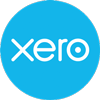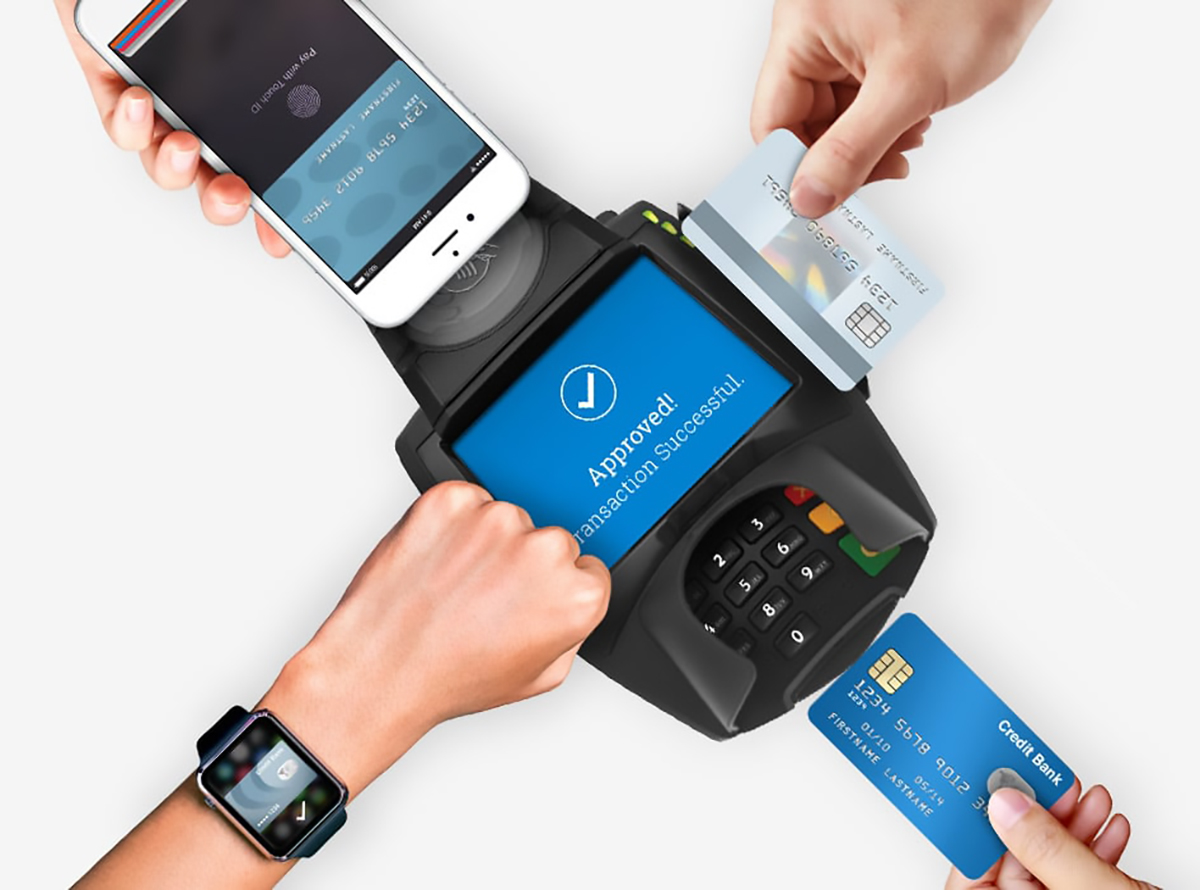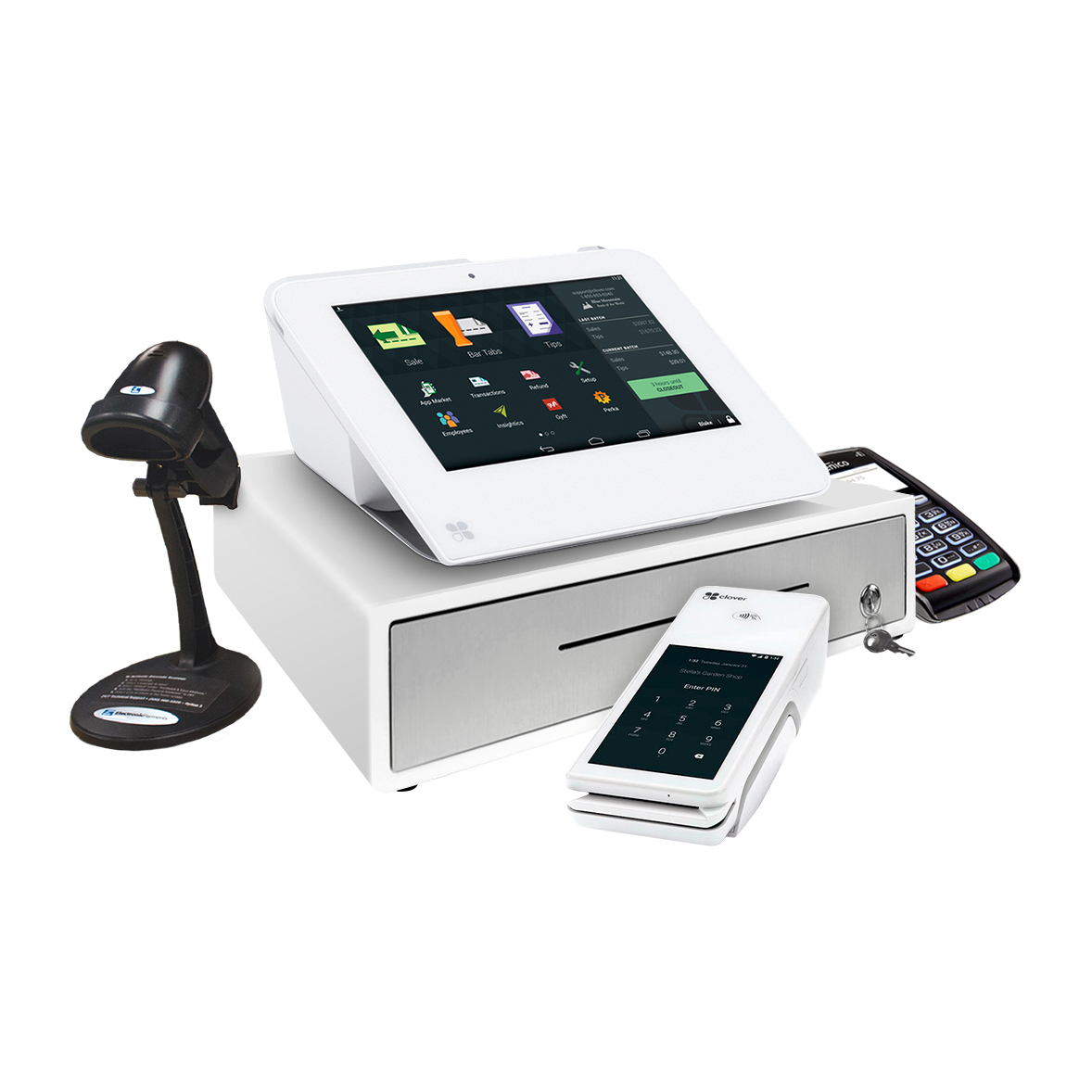Our cloud-based platform is so seamlessly integrated you would think it was part of your accounting software.




Schedule more frequent invoicing on QuickBooks

The Importance of Invoicing Frequency
Invoicing frequency can significantly impact a business's cash flow and financial health. By adopting a strategy to schedule more frequent invoicing on QuickBooks, businesses can ensure a steady inflow of revenue. This practice not only supports financial stability but also aids in forecasting and budgeting.
For a business owner, it's essential to align your invoicing schedule with your service delivery and client expectations. This synchronization minimizes delays in payment collections, keeping your revenue streams consistent and predictable.
How to Schedule More Frequent Invoicing on QuickBooks
QuickBooks offers robust features to automate and schedule more frequent invoicing, streamlining the billing process and reducing manual tasks. Here's how you can set up these schedules effectively:
- Navigate to the Recurring Transactions menu in QuickBooks.
- Select Create New and choose Invoice as your transaction type.
- Fill in the necessary details, including customer information, invoice items, and terms.
- Set the Type to Scheduled and adjust the frequency to your preferred interval.
- Save and activate the schedule to automate your invoicing process.
Automating Payments: Leveraging QuickBooks' Capabilities
Automated invoicing combined with QuickBooks' credit card processing capabilities can greatly enhance your operational efficiency. At The POS Brokers, we empower businesses to take advantage of QuickBooks' features, such as auto-pay options and custom invoice templates. This integration not only schedules more frequent invoicing on QuickBooks but also improves cash flow management by ensuring timely payments.
The ability to seamlessly reconcile transactions and maintain accurate records can save time and reduce errors, making QuickBooks an indispensable tool for managing your financial operations effectively.
Common Challenges and Solutions
While scheduling more frequent invoicing on QuickBooks is beneficial, it can present challenges such as ensuring client compliance with the new schedule or addressing discrepancies in automated billing. From my 20+ years in the industry, I've seen that open communication with clients and clear payment terms are critical in overcoming these hurdles.
Implementing QuickBooks' advanced invoicing tools, such as Biller Genie integration, allows you to automate reminders and simplify collections. These features can mitigate potential conflicts and enhance your clients' payment experiences.
- Client Communication: Keep clients informed about any changes to invoicing schedules, ensuring clarity and transparency.
- Payment Reminders: Utilize automated features to send timely reminders, reducing late payments.
- Adjust Payment Terms: Flexibility in payment terms can accommodate different client needs, fostering stronger business relationships.
Is Frequent Invoicing Right for Your Business?
Determining whether to schedule more frequent invoicing on QuickBooks depends on your business model and cash flow needs. For many businesses, especially those with tight margins or fluctuating cash flow, frequent invoicing can provide the financial stability needed to thrive.
Consider your client base and industry standards. Do your clients prefer monthly or bi-weekly invoices? Assess these preferences alongside your operational demands to find the right balance and maximize the benefits of frequent invoicing.
Ultimately, choosing to schedule more frequent invoicing on QuickBooks should enhance your business's efficiency and client satisfaction, supported by the seamless integration and automation QuickBooks provides.

Enhanced Efficiency with Automated Invoicing
Streamlining your invoicing process can save time and reduce errors. By using QuickBooks to automatically email invoices, businesses can ensure timely delivery of invoices directly to clients. This capability not only enhances efficiency but also supports better cash flow management. As someone who has worked with QuickBooks for over two decades, I've witnessed firsthand how automation transforms billing processes.
Integrating automated invoicing tools with QuickBooks allows you to set predefined schedules and customize invoice templates, aligning with your brand's identity. This feature is particularly valuable for recurring billing, ensuring no invoice is ever missed. In my experience, companies that embrace automation see quicker payments and improved customer satisfaction.
How to Set Up Automatic Email Invoices
Setting up automatic email invoices with QuickBooks involves a few key steps:
- Navigate to the QuickBooks Online dashboard.
- Select the "Invoicing" option from the main menu.
- Choose "Create Invoice" and fill in the necessary details.
- Under invoice settings, toggle the "Auto-send" option to activate automatic emailing.
- Save the invoice template for future use.
This process ensures that your invoices are sent automatically, reducing manual tasks and streamlining billing operations. QuickBooks offers a user-friendly interface, making setup simple even for those new to automation.
What Concerns Do Users Have About Automated Invoicing?
One common concern with automatically emailing invoices through QuickBooks is data security. Businesses often worry about sensitive financial information being sent over the internet. Fortunately, QuickBooks employs rigorous security measures, including encryption, to protect your data.
Another concern is the potential for errors in automated invoices. By setting up automated systems with proper checks, such as verifying recipient details before automation, these errors can be minimized. Automation, when implemented correctly, improves accuracy by reducing the risk of human error.
Finally, some users fear losing control over the invoicing process. However, QuickBooks' automation still allows for manual oversight, with options to review and adjust invoices before they are sent.
Why Choose QuickBooks for Email Automation?
QuickBooks has long been a leader in accounting software, making it an ideal choice for automating invoicing. The integration of advanced invoicing tools and seamless workflows supports business efficiency. By choosing to automatically email invoices with QuickBooks, users benefit from:
- Time-saving automation: Minimal manual input is required once the system is set up.
- Improved cash flow: Faster invoice delivery leads to quicker payments.
- Reduced errors: Automation minimizes the risk of human mistakes.
- Consistency: Predefined templates maintain brand consistency across communications.
These advantages make QuickBooks an obvious choice for businesses aiming to enhance their billing efficiency.
How Does Automatically Emailing Invoices with QuickBooks Benefit Businesses?
Automatically emailing invoices with QuickBooks benefits businesses by accelerating the billing cycle and improving cash flow.
With automated invoicing, businesses experience fewer delays that often occur with manual billing. QuickBooks' automation ensures invoices are sent on time, every time, leading to faster payments and healthier cash flow. Additionally, the reduction in manual tasks allows teams to focus on strategic activities rather than administrative tasks. Through years of experience at The POS Brokers, I've seen how automations like these can transform a business's financial operations. Embracing this technology not only saves time but also enhances accuracy and client satisfaction.
Why Frequent Invoicing Matters
Managing cash flow is crucial for any business, and one effective strategy is to send out invoices more frequently on QuickBooks. Consistent invoicing ensures that your cash flow remains predictable and steady. By maintaining a regular billing cycle, businesses can avoid financial bottlenecks and improve their liquidity position.
From my 20+ years' experience, I've learned that clients appreciate timely invoicing as it reflects professionalism. It also minimizes the risk of forgotten payments and reduces the need for follow-up reminders. Implementing this practice in QuickBooks can significantly streamline the payment process, leading to more consistent revenue streams.
QuickBooks Tools for Sending Invoices Regularly
QuickBooks offers a multitude of features that assist in managing frequent invoice dispatches. One notable tool is the **Automated Invoicing** system, which can schedule regular invoices to clients. This eliminates manual tasks and reduces errors.
Biller Genie Integration within QuickBooks can play a pivotal role in maintaining a seamless invoicing schedule. With automated reminders and reconciliation, businesses can keep track of outstanding invoices and ensure timely payments without additional effort.
Setting Up Invoicing Schedules in QuickBooks
To send out invoices more frequently on QuickBooks, follow these simple steps:
- Login to your QuickBooks account and navigate to the 'Sales' menu.
- Click on 'Invoices' and select 'Recurring Invoices'.
- Set the frequency for invoice dispatch to weekly or bi-weekly based on your needs.
- Designate client accounts and save the schedule to automate future invoices.
This setup not only saves time but also ensures consistent billing cycles and happier clients.
What If Clients Prefer Less Frequent Billing?
In situations where clients might prefer less frequent billing, communication is key. Have an open discussion to explore possible compromises or incentives for more frequent payments, such as discounts. In my experience, offering value can often shift client preferences.
QuickBooks can accommodate diverse invoicing preferences thanks to its flexibility. By customizing invoicing schedules, businesses can still send out invoices more frequently on QuickBooks for clients who are open to it, while accommodating others who prefer monthly cycles.
Common Questions About Sending Invoices More Frequently
Many business owners wonder about the necessity and benefits of frequent invoicing. The truth is, it enhances cash flow stability and reduces administrative burdens over time. A consistent invoicing schedule, facilitated by QuickBooks, can keep your business ahead financially.
- Does frequent invoicing disrupt client relations?
- How does QuickBooks help save time with regular invoicing?
- Can I adjust invoicing frequency easily in QuickBooks?

Why is scheduling more frequent invoicing on QuickBooks beneficial for my business's cash flow?
Scheduling more frequent invoicing in QuickBooks is incredibly beneficial for maintaining a healthy cash flow. Imagine you're managing a tight ship with expenses coming in from all sides. By having invoices sent out every week instead of monthly, you ensure a more consistent inflow of funds. This regularity helps you avoid those awkward cash crunches where you're waiting for payments to clear before paying your own bills. For instance, a business I worked with shifted from monthly to bi-weekly invoicing and saw a 30% improvement in their liquidity after just three months. So, it's not just about keeping the lights on; it's about being proactive in managing your finances. How often do you currently send out invoices, and could a more frequent schedule benefit your operations?
What are common misconceptions about automatically emailing invoices with QuickBooks?
One common misconception is that automating invoices removes all human oversight, which isn't the case. While QuickBooks does automate the sending process, you still have full control over checking details before an invoice is dispatched. In my experience, businesses often worry about losing the personal touch. However, automated systems can actually free up more time to personalize client interactions in other ways. Additionally, there's a concern about security. With QuickBooks, your data is encrypted and protected, much like the standards used in online banking. Have you had any hesitations about using automation in your billing process?
How can QuickBooks tools streamline the process of sending out invoices more frequently?
QuickBooks is designed to take the hassle out of frequent invoicing. Think of it as your behind-the-scenes assistant that ensures no invoice slips through the cracks. Utilizing features like the Automated Invoicing system can transform your workflow. For example, you can set up weekly billing schedules that automatically send invoices to clients, keeping everything on track with minimal input from you. A client of mine once shared how liberating it was to finish their week without manually preparing invoices, knowing QuickBooks had it covered. Would automating invoices give you more time to focus on other critical areas of your business?
What steps should I take if some clients prefer less frequent billing when using QuickBooks?
When clients have different preferences, QuickBooks offers the flexibility to accommodate them. Start by having an open conversation with your clients; understanding their needs can often lead to mutually beneficial solutions. For clients preferring less frequent billing, you might propose incentives for more frequent payments, such as discounts or extended service trials. QuickBooks allows you to customize invoice schedules per client, so you can balance both frequent and infrequent billing cycles seamlessly. A colleague of mine once incentivized clients with a small discount for agreeing to bi-weekly billing, which improved their cash flow without any pushback. How do you currently handle varying client billing preferences?
Resources
- Internal Revenue Service (IRS) - The official website of the Internal Revenue Service offers resources and information on taxes, including invoicing and financial management.
- U.S. Small Business Administration (SBA) - The U.S. Small Business Administration provides assistance to small businesses, including guidance on financial management and invoicing.
- U.S. Department of Education - The U.S. Department of Education website offers resources on financial literacy, which can be beneficial for managing invoicing and cash flow in a business.
Contactless Payments!
Ensure your safety with the convenience of contactless payments. Our wide range of devices offers seamless contactless payment options, along with mobile contactless alternatives for hassle-free curbside pickups and deliveries. Contact us today for further details and stay secure.
Chip Card
Swipe Card
Apple Watch
E-Check
NFC Phone
 Quick Tip
Quick Tip
38% of new business owners make the wrong choice when selecting a POS for their startup.
Let Us Help You Choose the Right POS System and Save You the Hassle!

Contactless Payments!
Stay safe with contactless payments. All of our devices have contactless payment options and mobile contactless options for curbside pickups and deliveries. Call now for more information.
Chip Card
Swipe Card
Apple Watch
E-Check
NFC Phone
Ready to talk to an advisor?
Complete the form or call us now to talk to a live representative.
“The POS Brokers are amazing. They answered all our questions and explained everything clearly.”
Retail Owner






Reviews
There are no reviews yet.